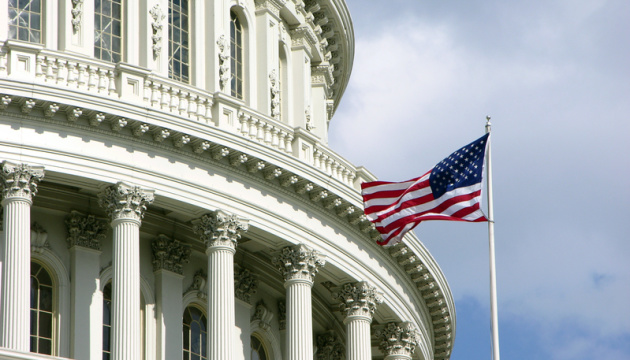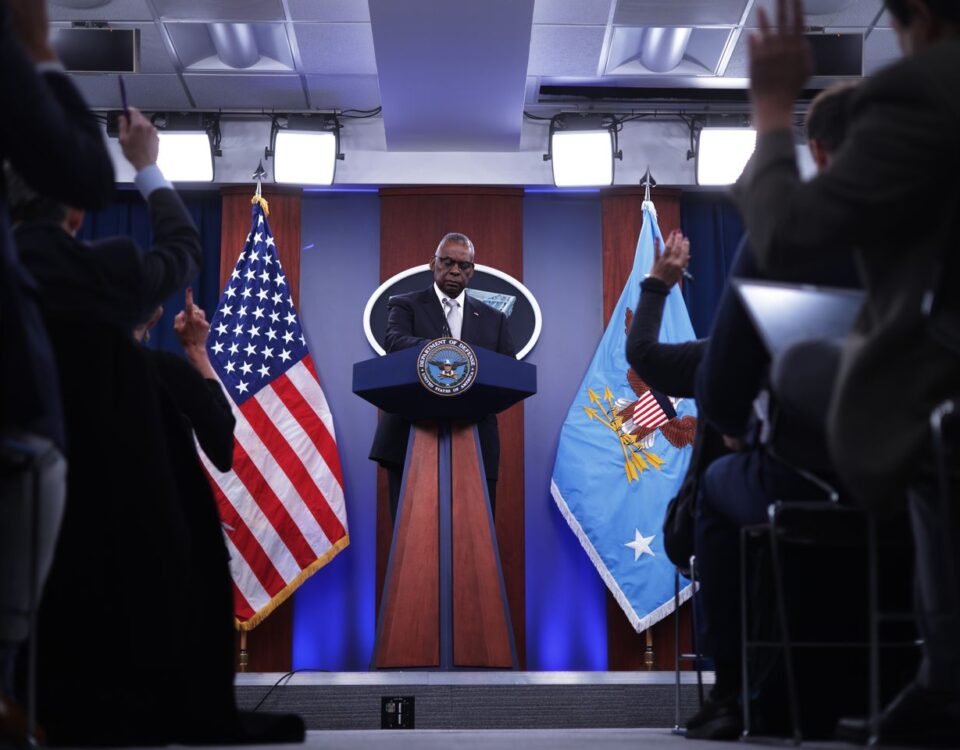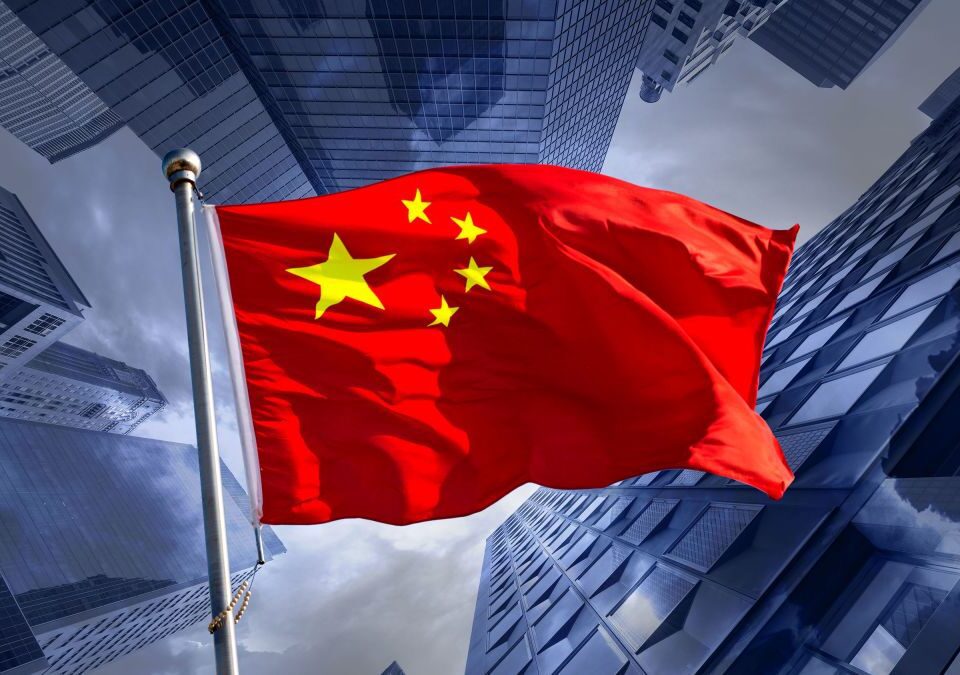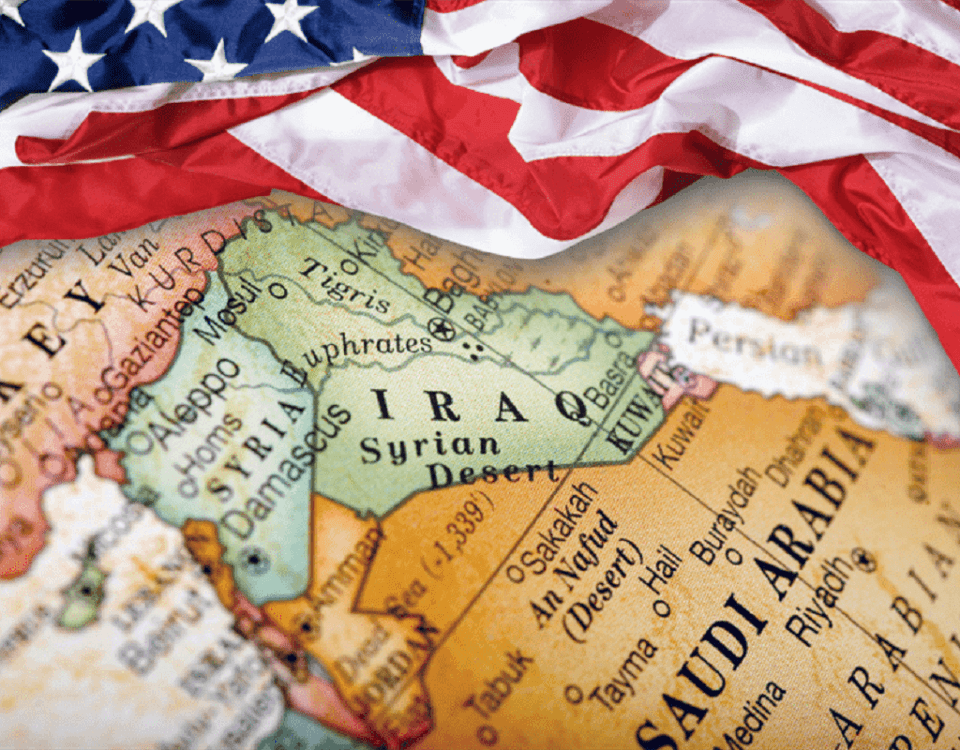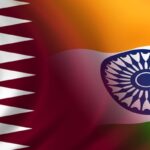
India-Qatar Ties Strained by Death Sentences of Ex-Naval Officers
October 30, 2023
Israel Losing the Media War
November 1, 2023
Asfandyar Khan
Since the times that our statement started playing good Taliban bad Taliban, we can trace back to the origin of TTP in 1979. Initially called Afghan Mujahids in the war against the Soviets, many fighters were trained and financed in Pakistan during the mighty war in 1979. It was just a matter of social construction that, today, the meanings attached to them are different. The national interest is a considerate determinant that is the basis of every policy decision. Threat is formed, and security is made sure considering the same ideational factor. During 1979, it was in our security interest to devise strategic assets in the shape of mujahedeen in Afghanistan. In the wake of it, madrassa culture was promoted, and Wahhabism was promoted by the West through funding and legal support as well. The war against the Soviets is a historic chapter in the history of non-conventional warfare.
Though the Afghan jihad ended with the triumph of Mujahedeen, it gave non-state actors a de facto right to grow in the de jure state of Afghanistan. It Ultimately caused serious socio-political effects for the people of Afghanistan as the Mujahedeen took over political control of Afghanistan in 1996. The rule was highly condemned by the global system, as no state was ready to accept Mujahedeen’s political government due to its undemocratic outlook and policies. They believed in the ambitious idea of upholding Shariah with strong relevance to the sword and started versus debate and based their alliances and cooperation with states on the notion of Islam and showed negligible respect for the diversity of world religions. The regime showed zero tolerance for women’s education, further causing huge resentment from around the globe.
It was not until 2001 that 9/11 happened and the US announced the War on Terror. With the declaration of war, the US gave a policy brief that addressed Islamabad, saying that either you are 100 percent with us or against us. The then President of Pakistan, Gen. Musharraf, decided to join the US camp in the war against terror. It caused the rise of the TTP, which launched a serious assault against Pakistan. The rise of TTP marked the start of insurgency throughout Pakistan, which resulted in a considerable number of losses in terms of life and economy. Over 90 thousand lives were lost in the line of terrorism.
In Swat, TTP local wing TNSM took local control of Swat Valley and its surrounding area. It was not until 2014 that the APS massacre happened that the state of Pakistan decided to launch a holistic operation called Zarb-e-Azab to root out every single element of TTP along with all terrorist outfits. The operation against TTP served as a stability measure for the law-and-order situation in Pakistan. Not only at the domestic level, but it was also vividly said to the regional states not to serve as a haven for the TTP or any other terrorist outfit. Because TTP launched its terrorist attacks from Afghan soil, the Pakistani government decided to fence the major border areas. In hindsight, negotiations were also done with the TTP and Afghan Taliban for the assurance of peace and stability, but they were not successful due to the TTP’s use of violence.
TTP also gained political standing when Pakistani states negotiated with them. This gave them a position of strength to carry out their offensive objectives, leading to terrorism. Given the vacuum TTP has, they have now started inter-organizational learning for the execution of their objectives. They now collaborate with local insurgent groups like the BLA in Baluchistan and the SRA in Sindh to further destabilize the state. It is worth mentioning here that the only underlying factor that brings these all-non-state terrorist outfits together is their core anti-state objective. Though at the face of it, they have an ideology at hand, may it be religious or political, but in reality, it’s just their reformist designs that they want to pursue through violent means. They are the nascent identities of the post-Cold War era that are also used as a tool for states with realist and expansionist designs.
So, given all this, starting from its evolution until its rise, TTP was nothing but an old face with a new name. It’s a matter of approach that gave TTP birth, and now that it has been embraced as a fault decision of the past, Pakistan is investing a lot in de-radicalization. But we are still missing out on the fact that it’s not the man with an AK-47 that has to be taken down, but the ideology and belief that he carries and motives him to take a life that matters. An ideology is only countered by a superior ideology, and so is the need for time. Over the last two decades, the Pakistani government has answered the wrong questions. It has to answer the question, what is the motivation of TTP to attack states? Why are some unaware masses still sympathizers with them? And what is the ideology state having to counter the TTP’s rhetoric of Pakistan as a Kafir state?
The writer is an MPhil Scholar of Strategic Studies at National Defence University, Islamabad.



